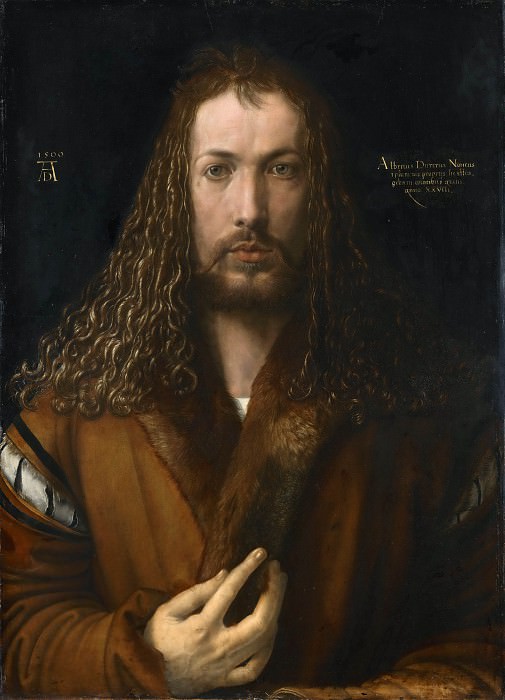Winslow Homer: A Master of American Art
Early Life and Beginnings
Winslow Homer, one of America's most distinguished artists, was born on February 24, 1836, in Boston, Massachusetts. His journey into the world of art began at a young age, influenced by his mother, who was a talented watercolorist. Homer's initial foray into the art world was through an apprenticeship with a commercial lithographer, where he learned the fundamentals of drawing and printmaking. This early training laid the groundwork for his later success as an illustrator and painter.
Civil War Illustrations
Homer's career took a significant turn during the American Civil War. As a young artist, he was commissioned by Harper's Weekly to create illustrations of the war. These works provided a vivid portrayal of the conflict, capturing both the brutality of battle and the mundane aspects of military life. His illustrations from this period are noted for their attention to detail and emotional depth, reflecting the grim realities of war. This experience profoundly influenced his later works, instilling in him a deep understanding of human resilience and the harshness of nature.
Post-War Artistic Evolution
After the Civil War, Homer's artistic focus shifted. He began to explore themes of everyday life and rural American landscapes. His time in the rural town of Belmont, Massachusetts, where he spent several summers, inspired many of his early genre paintings. Works like "Snap the Whip" and "The Country School" depict idyllic scenes of rural life, characterized by their simplicity and charm. These paintings resonate with a sense of nostalgia and a longing for the innocence of childhood.
Move to Watercolor
In the 1870s, Homer expanded his repertoire to include watercolor, a medium in which he would achieve significant acclaim. His watercolors are celebrated for their vibrant color, fluidity, and immediacy. Unlike his oil paintings, which often convey a sense of permanence and gravity, his watercolors are more spontaneous and intimate. Homer's mastery of watercolor allowed him to capture the subtleties of light and atmosphere with remarkable precision.
Influence of European Travel
Homer's travels to Europe in the late 1860s and early 1880s had a profound impact on his work. In France, he was exposed to the works of the Barbizon School and the burgeoning Impressionist movement. This exposure influenced his approach to landscape painting, encouraging him to experiment with light and color. His time in England, particularly in the coastal village of Cullercoats, inspired a series of powerful works depicting the lives of fishermen and women. These paintings, such as "The Fog Warning" and "Breezing Up," are marked by their dramatic compositions and a deep empathy for their subjects.
Return to America and Mature Works
Upon returning to America, Homer settled in Prouts Neck, Maine, where he would create some of his most iconic works. The rugged coastline and turbulent seas of Maine provided endless inspiration for his seascapes. Paintings like "The Gulf Stream" and "Northeaster" depict the relentless power of the ocean, symbolizing the struggle between man and nature. These works are characterized by their dynamic compositions, dramatic lighting, and a palpable sense of tension.
Themes and Style
Homer's art is often characterized by its realism and attention to detail. He had a keen eye for the nuances of human expression and movement, which he depicted with remarkable accuracy. His use of color is equally noteworthy, with a palette that ranges from the muted tones of his early works to the vibrant hues of his later watercolors. Homer's ability to capture the essence of his subjects, whether it be the innocence of children, the resilience of soldiers, or the raw power of the sea, is a testament to his skill and sensitivity as an artist.
Legacy and Influence
Winslow Homer's influence on American art cannot be overstated. His works are celebrated for their technical mastery, emotional depth, and the unique perspective they offer on American life. Homer's ability to convey the beauty and harshness of nature, as well as the complexities of human experience, has left a lasting legacy. His paintings are housed in major museums and collections around the world, and his influence can be seen in the works of countless artists who followed in his footsteps.
Personal Life and Personality
Despite his acclaim, Homer was known for his reclusive nature. He preferred to live and work in relative isolation, surrounded by the natural landscapes that so deeply inspired him. This preference for solitude is reflected in the introspective quality of many of his works. Homer's personal life remains somewhat enigmatic, with much of his character and motivations inferred from his art and the sparse records of his interactions with friends and family.
Conclusion: An Enduring Legacy
Winslow Homer's contribution to American art is immeasurable. His ability to capture the essence of his subjects, whether through the stark realism of his Civil War illustrations, the nostalgic charm of his genre paintings, or the powerful drama of his seascapes, marks him as one of the great artists of his time. Homer's work continues to resonate with audiences today, offering a window into the American experience and the timeless beauty of the natural world. His legacy endures, inspiring new generations of artists to explore the depths of human emotion and the majesty of nature through their own creative expressions.















